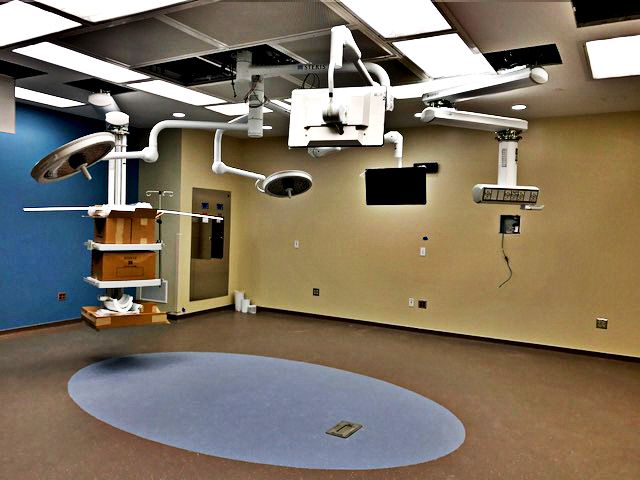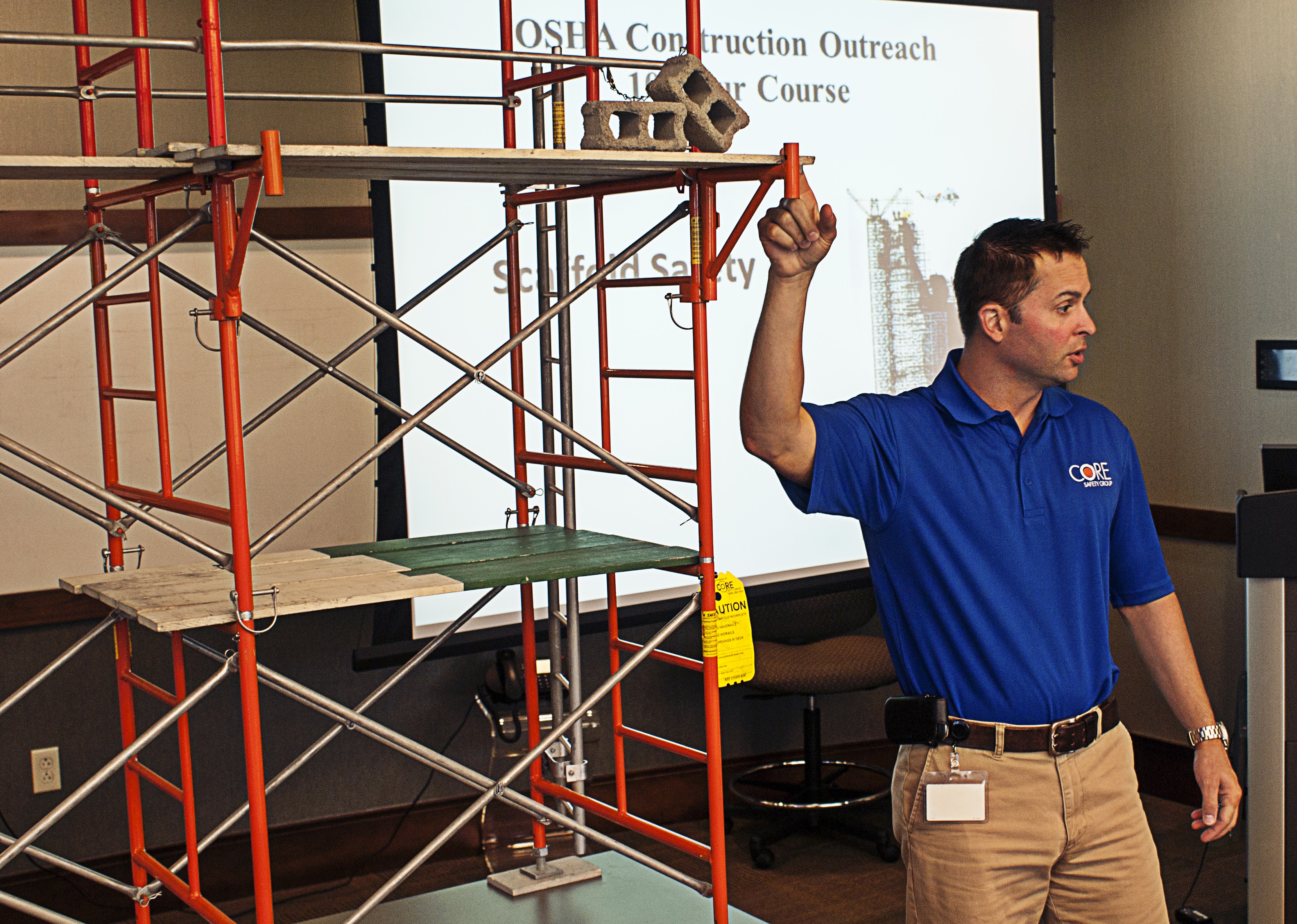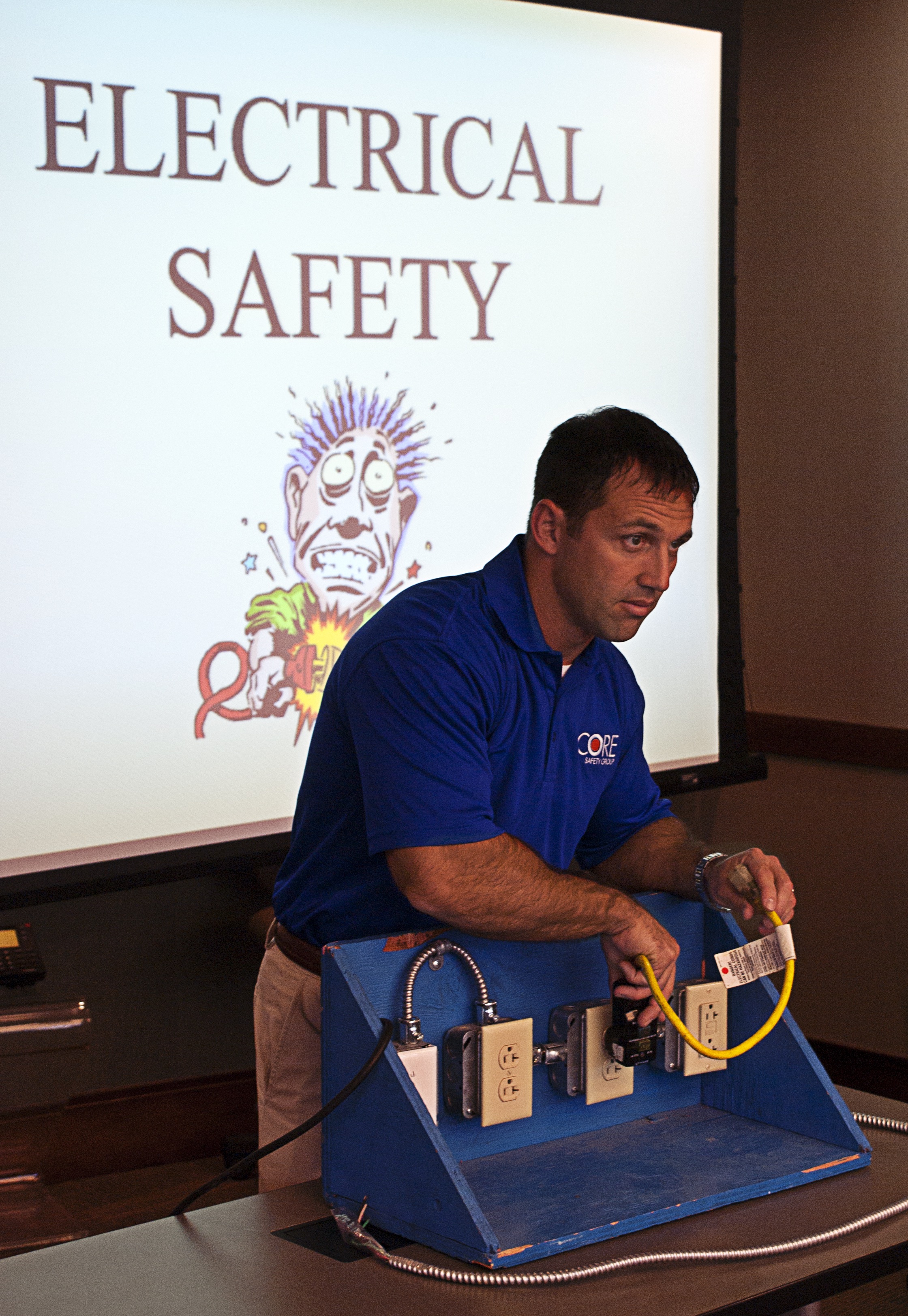Safety
RedStone construction is committed to conducting our daily activities in a manner that protects the health and safety of our employees, our customer’s employees, suppliers, the community and the environment. Safety is everyone's responsibility. We live by the following basic principles: Safety is everyone's responsibility, the prevention of injuries and occupational illnesses is good business. Employee training is an essential element of a safe working environment, and Leadership's commitment to safety is crucial to the success of the safety program.
Job Specific Safety Plan
At RedStone, safety is the foundation of our business. All business and construction decisions are made with the safety of our employees, contractors, and customers in mind. We are dedicated to providing a safe and healthy workplace, and likewise, we expect each of our employees and contractors to demonstrate attitudes and actions that promote this dedication to our safe culture.
Employee Intervention
RedStone believes that accident prevention is a constant shared responsibility. We encourage employees to take ownership of their safety and the safety of others. Employees are encouraged to be actively involved in the development and implementation of policies and procedures to minimize unsafe acts and conditions through participation in safety and health committees and through interaction with management and fellow co-workers. In addition, all employees have the right to intervene and stop work if they see something unsafe.
Planning
RedStone is committed to providing each project with a pre-operational Job Hazard Analysis (JHA). The JHA will identify specific hazards prior to beginning each operation. The analysis helps determine what safety measures are necessary, what safety equipment must be acquired, and when special employee training will be necessary to control the risks.
Training
There are numerous aspects that make up a world class safety program. However, none of them may be as important as employee training. RedStone ensures that each employee has the knowledge and skills to perform their job in a safe and healthful manner. All employees are required to attend a safety orientation. The orientation familiarizes employees with our policies, procedures, and reporting requirements. Project Managers and Superintendents are required to attend further training annually in an extensive seminar we call “Summer Safety.” Each summer, project leaders participate in two full days of safety training.
In addition to the annual training, all Superintendents are required to have and maintain the OSHA 10-hour Construction certification and all Lead Superintendents are required to have and maintain the OSHA 30-hour Construction certification. RedStone also has dedicated resources that assist other contractors with their training needs. Subcontractor training includes fall protection, excavations, electrical, and scaffolding safety.
Inspections/Audits
Workplace inspections, both formal and informal, are extremely valuable to the overall effectiveness of the safety program. Inspections ensure regulatory compliance. They also provide the feedback that is necessary to ensure control of workplace hazards and to keep everyone’s efforts focused on continuous improvement. Superintendents are required to perform daily inspections of their worksite and note any specific findings in their daily reports. Formal audits are completed by the Project Manager on a monthly basis, with periodic assessments completed by Corporate Safety Managers.
Contractor Pre-qualification
An important part of any project safety plan is choosing the right contractor. For this reason, RedStone believes strongly in the pre-qualification process. A comprehensive look at a company’s safety record, written safety program, and training paints a clear picture of the contractor’s commitment to a zero-injury culture. In addition, the process helps identify a contractor’s shortcomings and encourages them to improve their overall program through additional policy development, coaching, and training. This continuous improvement program ultimately results in better safety programs and fewer on-the-job hazards.




